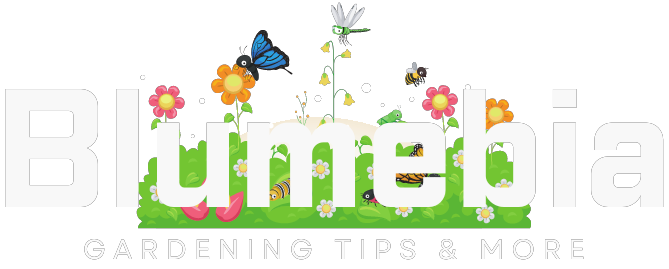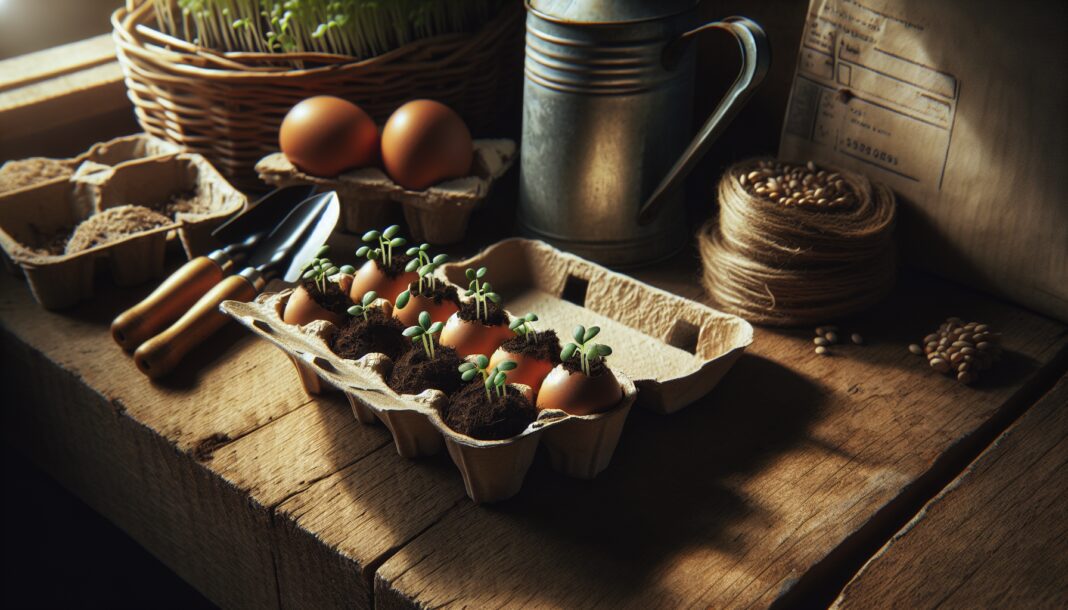Egg cartons are more than just packaging—they can be repurposed into biodegradable seed starters, reducing waste while helping plants grow. Each year, millions of egg cartons are discarded, but turning them into eco-friendly planters is a simple way to support sustainability. Using egg cartons for seed starting eliminates the need for plastic trays and provides a natural, compostable option for gardening. This guide explores how to transform egg cartons into zero-waste planting solutions, making gardening more accessible and environmentally friendly. Repurposing everyday items like egg cartons not only minimizes waste but also fosters a deeper connection to sustainable living.
Why Repurpose Egg Cartons for Biodegradable Seed Starters
Using egg cartons as biodegradable seed starters is a smart choice for eco-conscious gardeners. These recyclable containers offer a sustainable alternative to plastic seed trays, promoting environmental health and responsible gardening. Let’s delve into the benefits of this eco-friendly practice and explore how egg cartons can enhance your gardening experience.
Environmental Benefits of Using Egg Cartons for Seed Starting
Egg cartons are a great way to reduce waste and promote sustainability. These containers, typically made from recycled paper or biodegradable materials, help cut down on plastic usage in gardening. Utilizing egg cartons for seed starting aligns with eco-friendly practices, ensuring that less plastic ends up in landfills. This small step can lead to a significant positive impact on the environment.
How Egg Cartons Improve Soil Health and Plant Growth
Egg cartons promote healthier soil and robust plant growth by offering a perfect temporary home for seedlings. The cardboard material of these cartons breaks down naturally, enriching the soil with organic matter. As the carton decomposes, it releases nutrients that feed the plants, resulting in healthier, more vigorous growth. This process enhances soil structure and promotes beneficial microbial activity, setting the stage for thriving plants.
Reducing Plastic Waste with Sustainable Gardening Solutions
Swapping plastic seed trays for egg cartons is a simple yet effective way to reduce plastic waste. This sustainable gardening solution minimizes environmental impact, helping to preserve natural resources. By choosing biodegradable materials, gardeners can contribute to reducing landfill overflow and supporting a healthier planet. It’s an easy step that every gardener can take towards more responsible gardening practices.
Step-by-Step Guide to Turning Egg Cartons into Seed Starters
Transforming egg cartons into seed starters is a straightforward and rewarding process. This guide will walk you through each step, from selecting the right carton to caring for your seedlings. With a few simple materials and some basic know-how, you can create an effective and environmentally-friendly seed starting system.
Choosing the Right Type of Egg Carton for Seed Starting
Not all egg cartons are created equal when it comes to gardening. Opt for cartons made of paper or cardboard rather than plastic or foam. Cardboard egg cartons are biodegradable and break down easily in the soil, making them ideal for seed starting. Ensure that the carton is clean and free from any contaminants that could harm young plants.
How to Prepare and Fill Egg Cartons for Planting
Begin by cutting the lid off the egg carton, leaving the bottom half with the cups intact. Poke small holes at the bottom of each cup for drainage. Fill each cup with a seed-starting mix, leaving a little space at the top. Plant your seeds according to the package instructions, and lightly cover them with more soil mix. Keep the soil moist but not waterlogged to encourage germination.
Watering and Caring for Seedlings in Biodegradable Trays
Consistent care is vital for healthy seedlings. Water the seedlings with a gentle spray, ensuring even moisture without saturating the soil. Place the egg cartons in a warm, bright location, but avoid direct sunlight that can dry out the soil. Regularly check for sprouting and make sure to thin out weaker seedlings to give stronger ones room to grow.
Maximizing Success When Using Egg Cartons for Gardening
To get the most out of your egg carton seed starters, it’s essential to follow some best practices. From selecting the right seeds to proper transplanting techniques, these tips will help you create a thriving garden. Avoid common mistakes and learn how to make the most of this sustainable gardening method.
Best Seeds to Start in Egg Cartons for a Thriving Garden
Some seeds thrive better in egg cartons than others. Consider starting with herbs like basil, thyme, or parsley, as they are small and germinate quickly. Leafy greens such as lettuce or spinach are also excellent choices. These plants do well in confined spaces and adapt easily when transplanted to larger garden beds.
Transplanting Seedlings from Egg Cartons to Garden Beds
Proper transplanting is crucial for the continued growth of your seedlings. Once they’ve developed a second set of leaves, they’re ready to move outdoors. Carefully tear apart each cup, keeping the soil and roots intact, and plant them directly into your garden bed. Ensure each plant has enough space to grow and water them immediately after transplanting.
Common Mistakes to Avoid When Growing Plants in Egg Cartons
Avoid overcrowding by planting too many seeds in each cup. This can stunt growth and lead to weak seedlings. Be mindful of overwatering, which can cause mold or root rot. Ensure that the egg carton is placed in an area with adequate light and avoid exposing the seedlings to extreme temperatures. Proper care from the start will lead to a more bountiful harvest.
Conclusion
Get Egg cartons provide an eco-friendly alternative to plastic seed trays, reducing waste and promoting sustainability. Their biodegradable nature enriches soil as they decompose, improving plant health and growth. Using cardboard cartons ensures a chemical-free environment for seedlings while supporting responsible gardening. Proper care, including drainage, moisture control, and adequate lighting, is essential for successful germination. Transplanting seedlings with intact roots and avoiding overcrowding or overwatering helps maximize plant survival and growth.
What are the different types of egg cartons available?
Egg cartons come in various types such as pulp, foam, and plastic. Pulp cartons are biodegradable and made from recycled paper, making them eco-friendly. Foam cartons offer better cushioning and insulation, ideal for long-distance transport. Plastic cartons provide durability and are often made from recycled materials, giving them an environmental edge.
How do I choose the best egg carton for my needs?
Choosing the right egg carton depends on your requirements. Consider the type of eggs you sell, transportation needs, and environmental impact. For organic or specialty eggs, pulp cartons can enhance brand perception. Foam is excellent for long shipping distances. Plastic is durable and showcases the eggs clearly, making it suitable for retail display.
Are egg cartons recyclable and environmentally friendly?
Pulp egg cartons are highly recyclable and compostable. Foam cartons are less eco-friendly but can sometimes be recycled at specific facilities. Plastic cartons are typically recyclable and often contain a percentage of recycled content. Check local recycling guidelines for specific instructions.
Where can I buy bulk egg cartons at wholesale prices?
Bulk egg cartons can be purchased from packaging suppliers or agricultural wholesalers. Online platforms like Amazon and eBay offer competitive prices and variety. Local farm supply stores might also have bulk purchasing options, often providing better deals for large quantities.
How many eggs do standard and custom egg cartons hold?
Standard egg cartons typically hold 12 eggs. Custom cartons can vary greatly, holding six, ten, or even up to 30 eggs. Businesses may choose custom sizes to fit specific needs or branding purposes, providing flexibility in packaging solutions.
What materials are used to make egg cartons and trays?
Egg cartons and trays are made from materials like recycled paper pulp, expanded polystyrene foam, and polyethylene terephthalate (PET) plastic. Each material offers distinct benefits in terms of protection, sustainability, and visibility of the product.



